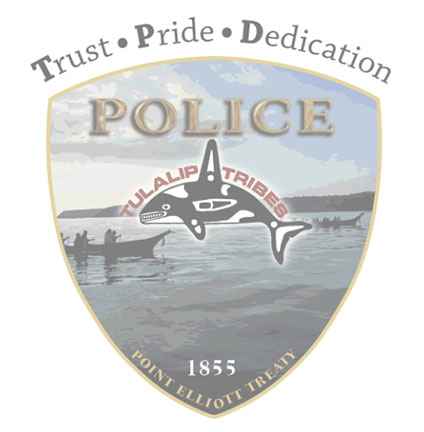
Graffiti is defined as markings, as initials, slogans, or drawings, written, spray-painted, or sketched on public or private property. Intention and consent are the differences between street art and vandalism. Artists have permission from the property owner, vandals do not. Graffiti vandalism is unwelcome and hurtful to home and business owners. Defacing private or public property without permission from the owner is a crime.
Graffiti is
- Expensive – property owners, businesses and governments remove graffiti themselves or pay for removal
- Frequently gang-related – tags can define territories, issue challenges or mark victims
- Not a victimless crime – property owners often feel violated when their property is defaced. Rival taggers can be assaulted for covering a previous tag
- Hurts business – Graffiti is a sign that a community does not value law, and that consumers are not safe. Revenue goes down in areas with large amounts of graffiti
What can you do?
- Document and report it – help us find and prosecute repeat offenders
- Remove it immediately – research shows that the more quickly graffiti is removed, the less likely it is to be repeated
- Make it hard – install motion sensing lights, install fences and gates, cover open surfaces with anti-graffiti coatings to prevent damage and make clean up easier, improve lighting and install cameras, use landscaping as a barrier
If you see graffiti on the reservation, or have information about graffiti vandalism please call our tip line 360-716-5990.